Optimal Timing for Branch Cutting
Proper timing for branch cutting ensures healthy growth and safety. The optimal period depends on the type of tree, local climate, and specific goals such as disease prevention or aesthetic shaping.
Spring and late winter are generally ideal for pruning, as trees are dormant or just emerging from dormancy, reducing stress and promoting healthy regrowth.
In regions with mild winters, branch cutting can often be performed year-round. In colder climates, late winter before bud break is preferred to minimize damage.
Regular inspections and pruning every 1-3 years help maintain tree health, prevent hazards, and promote optimal growth.
Broken, diseased, or crossing branches should be addressed promptly, regardless of the season, to prevent further damage.
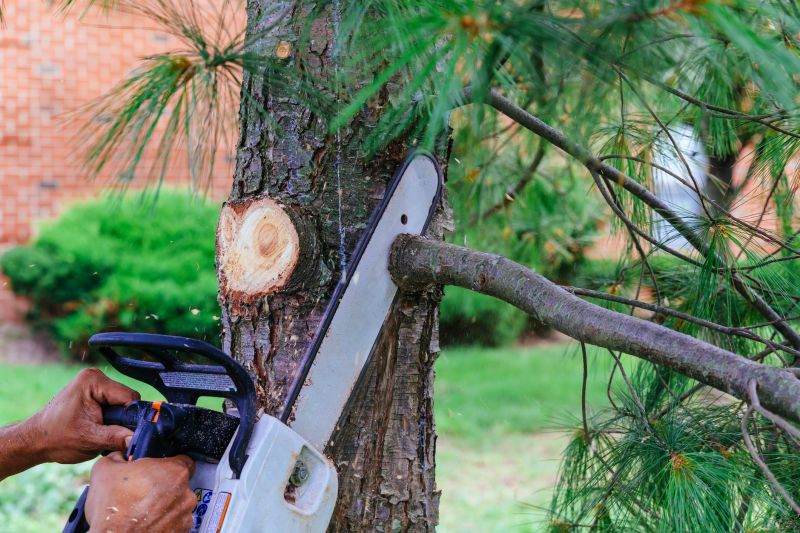
Ways to make Branch Cutting Service work in tight or awkward layouts.
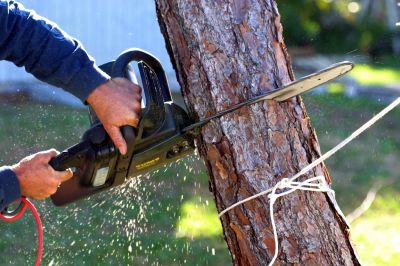
Popular materials for Branch Cutting Service and why they hold up over time.
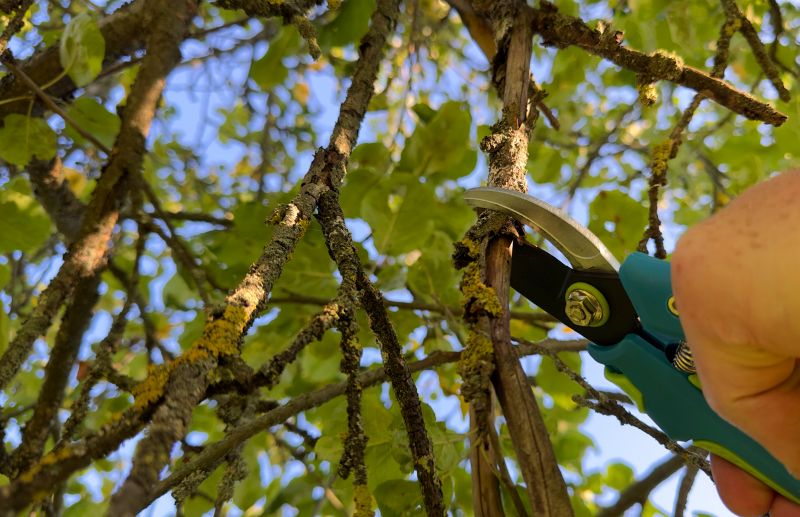
Simple add-ons that improve Branch Cutting Service without blowing the budget.
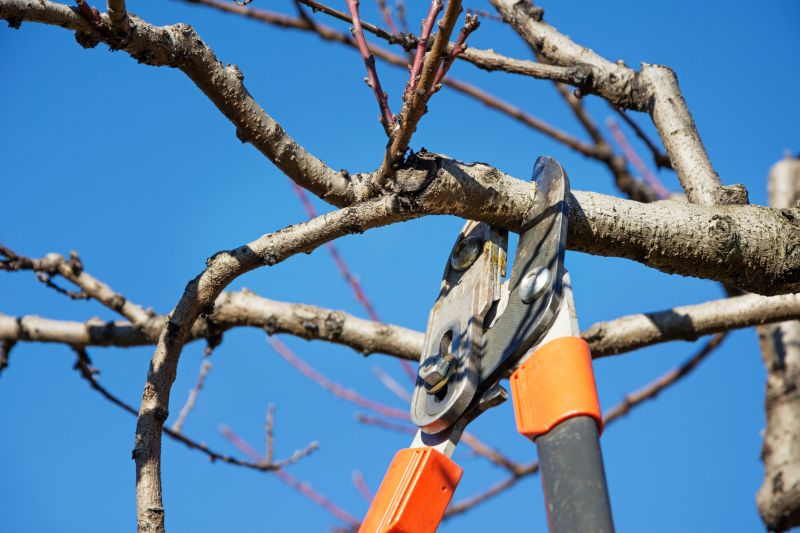
High-end options that actually feel worth it for Branch Cutting Service.
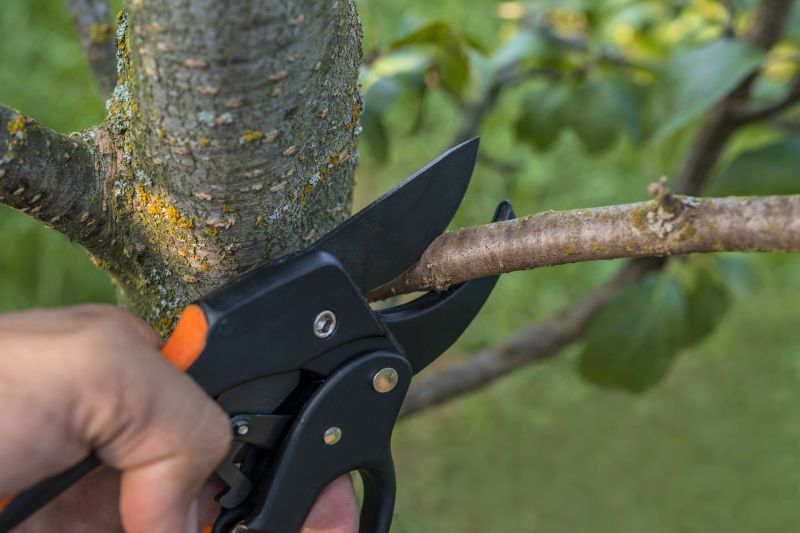
Finishes and colors that play nicely with Branch Cutting Service.

Little measurements that prevent headaches on Branch Cutting Service day.
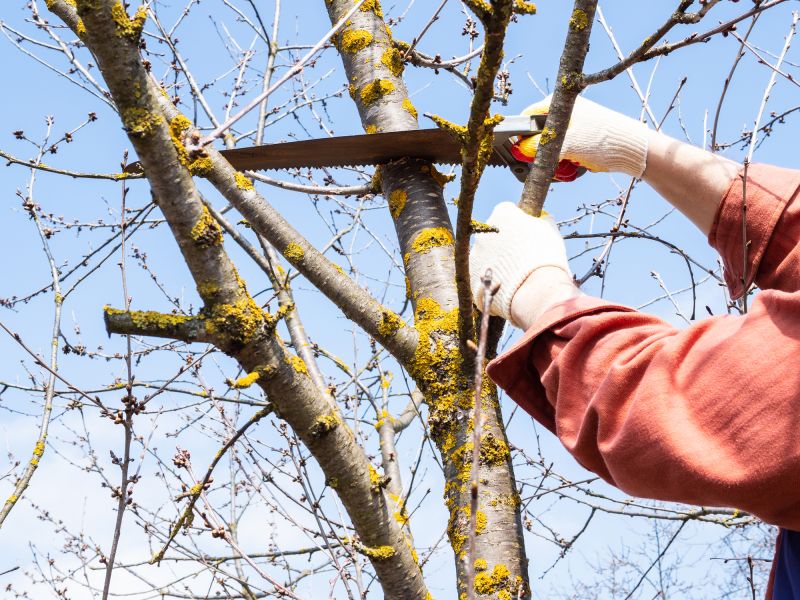
A 60-second routine that keeps Branch Cutting Service looking new.
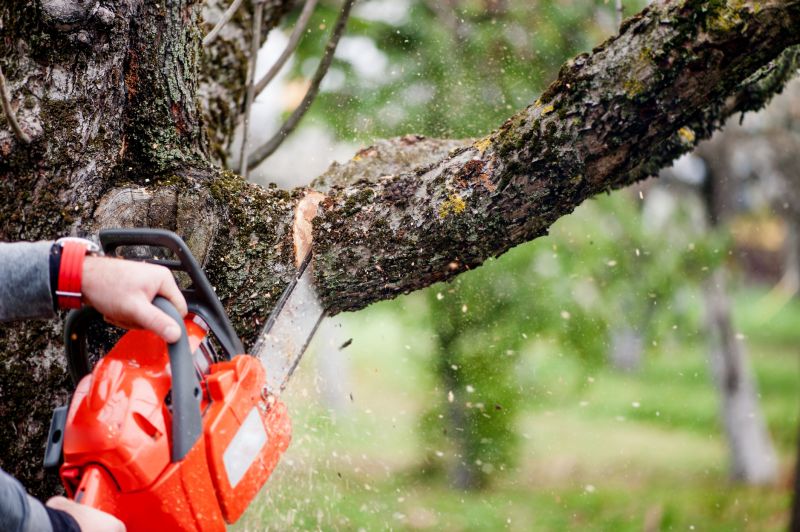
A frequent mistake in Branch Cutting Service and how to dodge it.
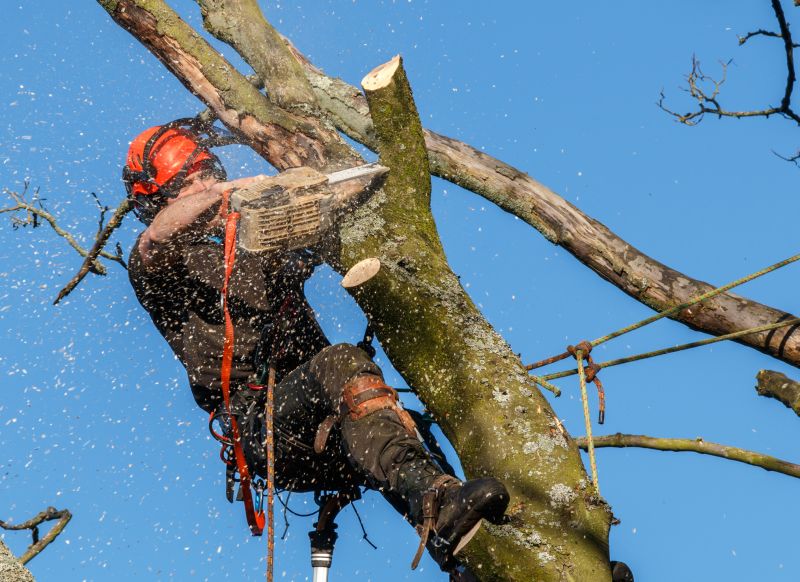
Small tweaks to make Branch Cutting Service safer and easier to use.
| Season | Optimal Timing |
|---|---|
| Spring | Late winter to early spring before bud break |
| Summer | Early summer for maintenance and shaping |
| Fall | Late fall after leaf drop |
| Winter | Dormant period, before new growth |
| General | Based on tree species and local climate |
